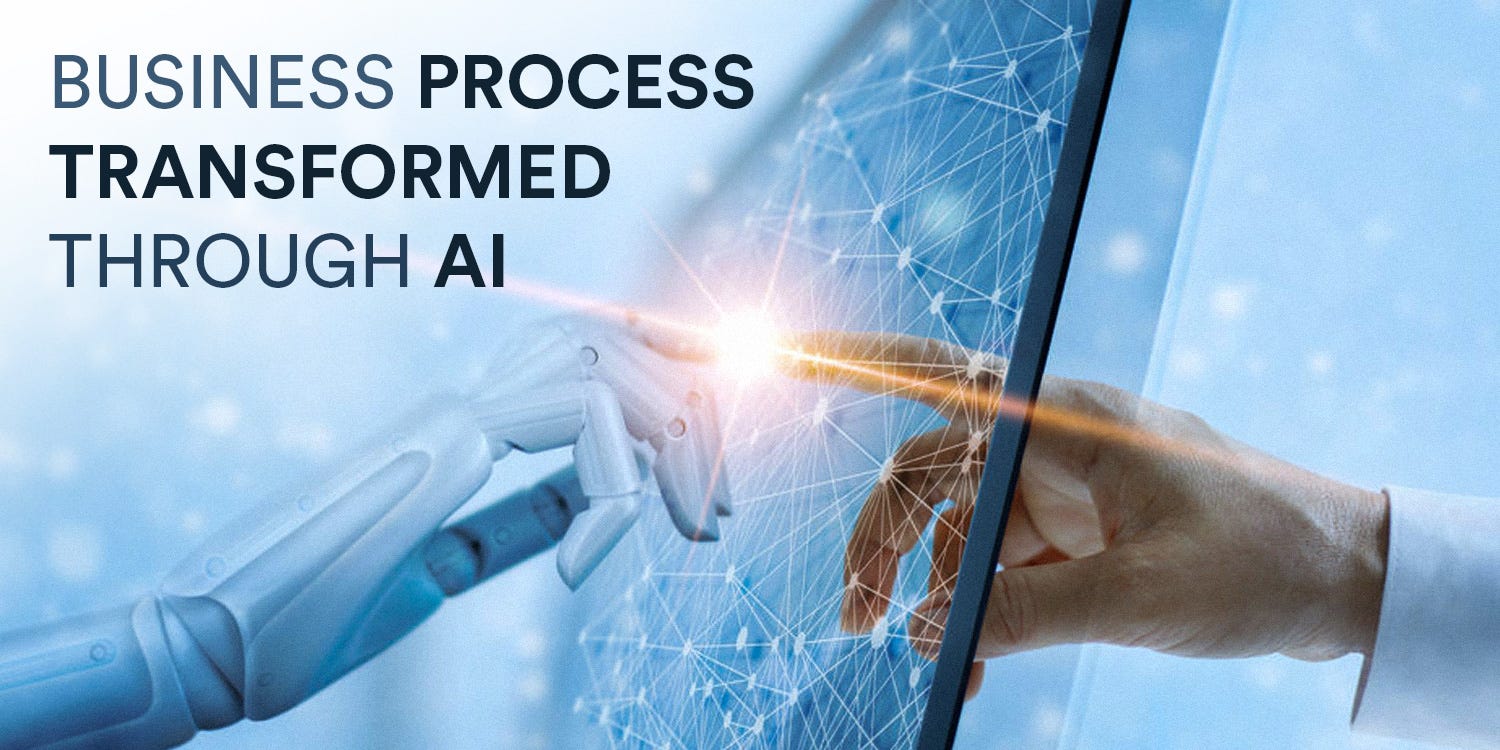
The rise of artificial intelligence (AI) to drive business value has been truly incredible in recent years. Enterprises that recognize the power of AI and know how to effectively apply it to their business can reap significant rewards in a quickly evolving and hyper-competitive marketplace.
Just a few years ago, analytics was all about gaining insights from data to help make better business decisions. More recently, enterprises have been seeing massive benefits from adding AI to the analytics mix that is designed to transform and strategically influence business processes. The effective application of AI within business process transformation can produce many benefits including more efficient operations, faster delivery and reduced costs.
But how is AI actually helping companies transform business processes?
There are two primary ways AI is doing this today. Some enterprises are actively implementing AI programs company-wide as part of their core functionality. And there are other companies that are building AI into their business in a sequential, controlled way via managed proof-of-concepts (POCs) to address particular aspects of their operations.
AI is specifically used as a tool to speed up the corporate buying process. It does this in two ways: by making recommendations of suitable suppliers who should be invited to a tendering process and by quickly sifting through dozens of supplier submissions and creating a ranking system to identify the best supplier agencies for bespoke projects. This type of accelerated procurement can shave weeks off the selection process and additionally save up to 20% on project budgets.
On the other side of the spectrum is a large UK retail chain with thousands of stores across the country. This company is implementing AI in a controlled way through their corporate transformation department and rolling it out to each store. The retailer is conducting live trials of the system and can conduct A/B testing for different approaches for 10% or 20% of their stores from the get-go, which did not happen before.
This retailer is seeing success by implementing AI to assist with critical business functions such as setting prices and managing stock. AI is taking on the work previously performed by humans, including analyzing pertinent purchasing data to set prices intended to keep products flying off the shelves and boost profit margins.
From the two cases above, we’ve seen that currently the best performance in AI applications is achieved when AI is combined with humans; where AI does the core number crunching and recommendations and humans oversee the process. This helps humans concentrate on fine-tuning and making improvements on those initial recommendations.
Time and budget savings are achieved during the corporate buying process due to the presence of AI. And for the retailer, cost savings are clearly achieved as AI does the routine processing work that was previously performed manually by humans.
These uses of AI yield fewer mistakes and demonstrate how AI can support efforts to optimize spend, ultimately impacting the bottom line. For both companies, AI is the go-to solution for solving business problems.
Humans will always have a place in transforming business processes, that goes without saying. But AI is quickly becoming an invaluable automation tool to drive efficiencies and reduce costs.







